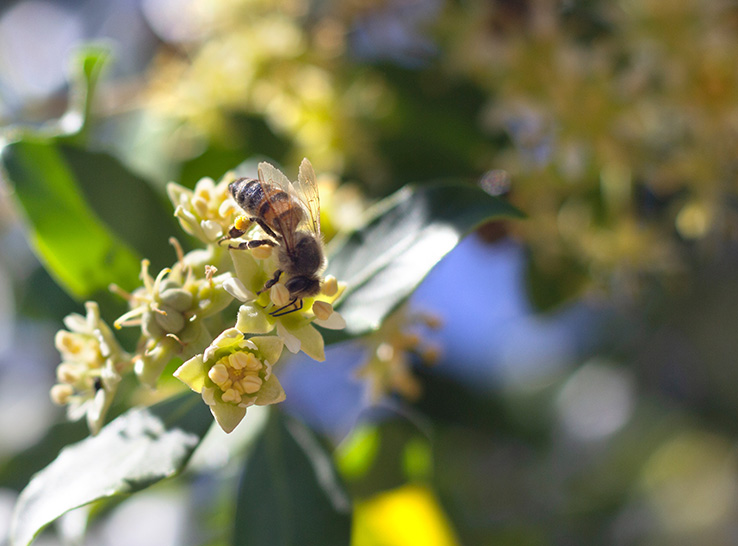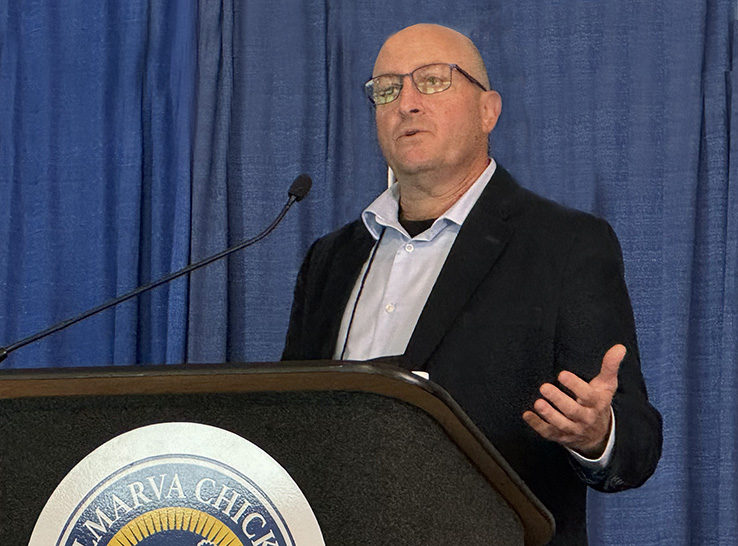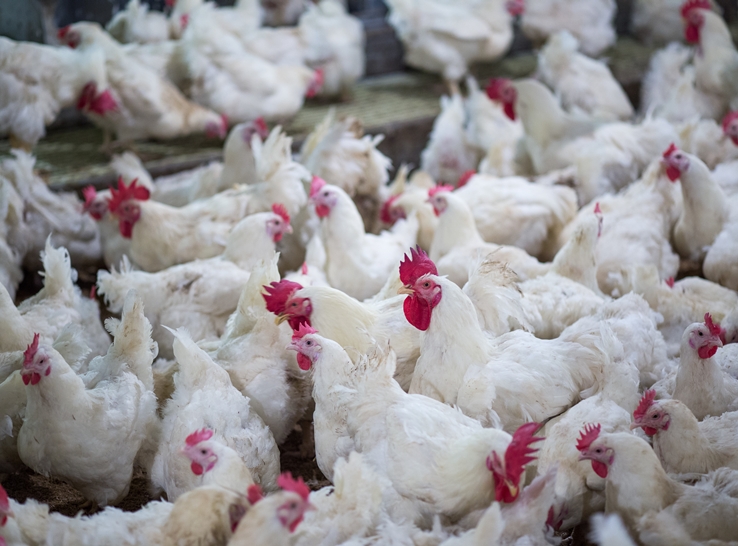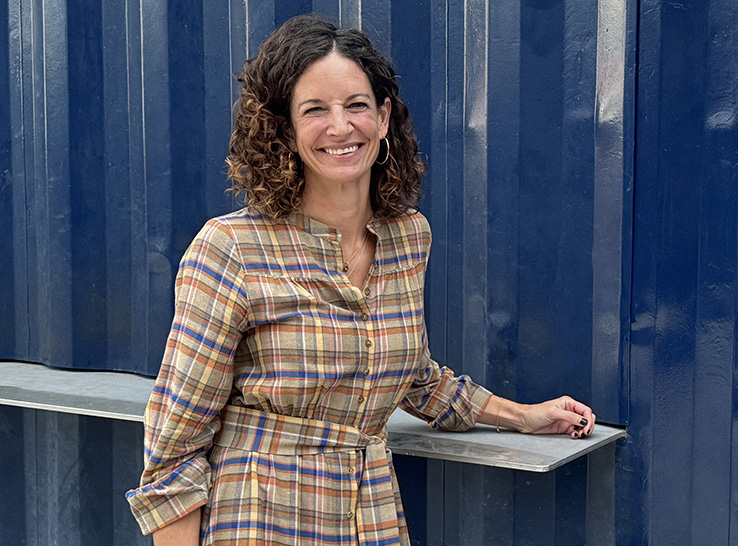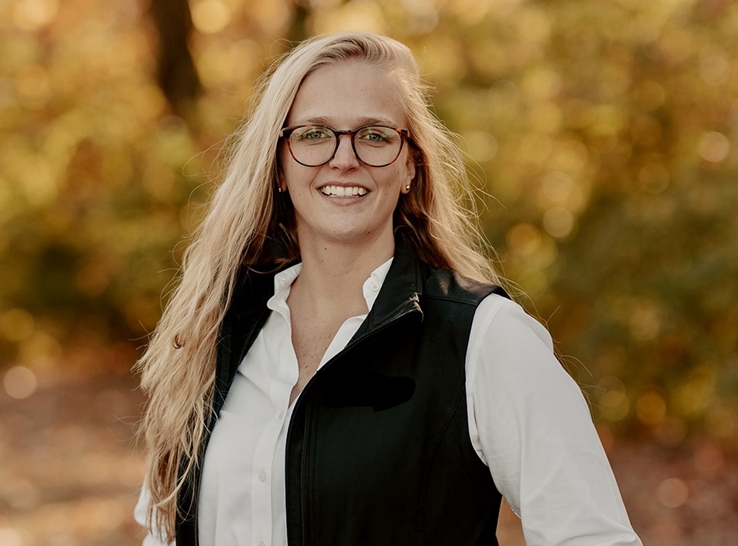Responsible antibiotic use is not a new concept to the poultry or other food-animal production sectors. Producers have long tried to minimize antibiotic use and target animals’ specific needs. In recent years, some farms have removed antibiotics altogether by adopting no-antibiotics-ever (NAE) or raised-without-antibiotics (RWA) programs.
“I’m not going to tell producers how to raise birds or which program is best with regards to antibiotics,” Randy Singer, DVM, PhD, University of Minnesota, and founder of Mindwalk Consulting Group, told attendees of the 2024 Delmarva Chicken Association’s 59th National Meeting on Poultry Health, Processing and Live Production.
“My hope is that you are using antibiotics responsibly. A key piece to that is, if birds are sick and need to be treated, you are doing that.”
Whether to use antibiotics in poultry production is, of course, a company’s choice, and there are many influencing factors. But NAE production has produced both positive and negative results.
Putting the conversation in context
Singer stated that the antibiotic-use conversation for poultry and food-animal production should focus on efforts to minimize antibiotic resistance while keeping animal health at the forefront.
“It’s important to put the antibiotic conversation back in the context of the Veterinarian’s Oath,” he said. “We must first try to ensure the safety, health and overall well-being of the animals. We need to provide relief and prevent animal suffering.”
Increasingly critical today is poultry production’s environmental sustainability, which relies on conserving animal resources and improving efficiencies to minimize the environmental footprint. Antimicrobials help producers produce more with less.
From a nutrition and food-safety standpoint, poultry production and antimicrobial use play a role in promoting public health. “This is a conundrum for us because we try to use antibiotics that are effective to prevent, treat and control disease,” Singer noted. “At the same time, using a given antibiotic might diminish its effectiveness in human medicine. How do you balance the animal health and welfare piece with the public health piece?”
He emphasized the tried-and-true quote: “With respect to antibiotics, we should use as little as possible but as much as necessary.”
Moving to no-antibiotic programs
The trend toward NAE production within the poultry sector picked up steam around 2013. To gain perspective from veterinarians and producers on antibiotic use in food-animal production, Singer and his team designed a survey and conducted it from February to March 2018. For consistency across the major animal commodities, the survey used the term ‘RWA’ to represent animal production without the use of antibiotics.
“Whether it was broilers, turkeys, swine, beef or dairy, we were hoping that if you were shifting to RWA production, it was because you were thinking about potential public health consequences of using antibiotics and potential antibiotic resistance,” Singer noted.
However, the main response across all commodities was that the move was market-driven; it was a customer request.
Survey participants not in an RWA program rated animal health and welfare concerns highly. They responded that they already followed responsible-use programs and felt no need to eliminate antibiotics entirely.
The survey asked how RWA production impacts animal health and welfare. Across the board — regardless of the animal sector or RWA program participation — most respondents felt that RWA significantly worsened animal health and welfare.
Veterinarians and producers were also asked how they think customers — retailers, food service, restaurants — view RWA production. The leading response was that customers believe RWA production significantly improves animal health and welfare.
“So, there is a major communication gap,” Singer said, “and if the entire reason for moving to an RWA program is market-driven, this is a serious concern.”
Even more concerning were participants’ responses regarding whether they agreed or disagreed that there are times when maintaining the RWA label is more important than flock/bird health and welfare. “It should never be the case that they agree with that statement,” Singer added. “We should always make decisions that put the animals first.”
A shift in approach
From 2013 to 2021, NAE increased from about 10% to 60% of annual US poultry production, according to Agri Stats, a flock data benchmarking service. But since that peak, more producers have been shifting away from NAE.
“I think it’s because we’re not willing to accept the losses that we’ve seen in NAE production,” Singer said. “We’ve seen diseases that we know could have been prevented if the animals had been raised with disease prevention measures, such as the use of ionophores, which are not allowed in an NAE program in the US.”
Around 2012, bird livability peaked at over 96% for NAE-produced broilers, he pointed out. However, by 2021, as NAE production increased, livability declined to 94.5%.
Overall, negative impacts to poultry health and welfare, environmental sustainability and production efficiencies and costs have prompted poultry companies to reconsider NAE in recent years and replace it with ‘no antibiotics important to human medicine’ (NAIHM).
“Those impacts are serious enough that the pendulum is swinging away from NAE production and back to NAIHM,” Singer noted. “That will allow the use of antibiotics not important to human medicine, including ionophores. They are effective for disease prevention but could also reduce the need for antibiotics that are important to human health later.”
NAIHM also aligns with companies’ stewardship efforts, he added, by positively impacting sustainability aspects of the production chain, such as land and water use and greenhouse-gas emissions, which are all tied to sustainability.
Clear-cut benefit
Few things are clear-cut in poultry production, and antibiotic use falls within that category. Singer provided an example from the antibiotic-use database that he compiles annually from the US poultry industry. He focused on 2013 to 2020 and the use of gentamicin in US broiler production hatcheries.
Before 2013, gentamicin use in broiler hatcheries was nearly 100%, he noted. By 2020, it had dropped to zero.
He pointed to the FDA’s retail meat-sampling data from broiler chickens showing the percentage of gentamicin-resistant E. coli isolates over time. “You can go back several decades, and the prevalence of gentamicin resistance in E. coli for broilers and turkeys was around 40% or more.” For the other meat commodities, it was less than 5%.
By 2022, the prevalence of gentamicin-resistant E. coli in poultry dropped to 11% — a positive outcome.
“Knowing that E. coli can also be vertically transmitted, moving through the hatchery onto the broiler farm, it’s hard for me to ignore the temporal correlation between a reduction of billions of gentamicin doses per year and the significant decline in gentamicin resistance in E. coli,” Singer said. “Without the gentamicin use, there is no longer a pressure maintaining gentamicin-resistant E. coli.
“It’s hard to find stories where you can show how changing antibiotics use actually changed resistance in bacteria, but to me, this is one potential example.”
Unintended consequences
There were some unintended consequences as well. “I had been hearing anecdotes from veterinarians that when they pulled gentamicin out of hatcheries and shifted to NAE, they started seeing more Salmonella Enteritidis,” Singer noted.
That made some sense because S. Enteritidis is susceptible to antibiotics, and gentamicin may have helped suppress S. Enteritidis transfer onto the broiler farm.
Digging deeper, Singer reviewed FDA retail meat-sampling data for all Salmonella from chicken-breast isolates over time. Zeroing in on 2012 to 2018, he found a steady decline, which overlaps with industry interventions to reduce Salmonella on carcasses.
However, when he looked at S. Enteritidis prevalence versus other Salmonella, he found that, from 2013 to 2018, S. Enteritidis comprised a larger fraction of Salmonella recovered from chicken breasts. “This is when the NAE shift was underway, and gentamicin was being pulled from hatcheries,” Singer said.
Responsible use is still key
The challenge ahead is how to incentivize the food-animal sector to embrace antimicrobial-use practices to combat resistance when 100% of the cost falls on the production system. This cost burden is unlike that in human health, in which insurance helps foot the bill.
The President’s Advisory Council on Combatting Antibiotic-Resistant Bacteria, on which Singer served, considered this challenge and others.
The council released a report in 2017 that addressed human and veterinary medicine. For animal health, the three main buckets are vaccines, diagnostics and alternatives with therapeutic efficacy — all of which present cost challenges — versus antibiotics.
“If we really want to be responsible with antibiotics and reduce their use, we need better prevention measures,” Singer said. “That includes incentivizing programs to get more vaccines licensed and get them to be more affordable. Unfortunately, I haven’t seen substantive movement in that area.”
On-farm adoption of any program or product also requires a positive return on investment.
Singer’s take-home message is that reducing antibiotic use should not be the primary goal. “Reduction is a part of stewardship, but there will be years when antibiotic use may increase in response to disease incidence,” he noted. “That doesn’t mean you were doing something badly; it just means you were treating birds in need. Instead, the focus should be to reduce the need for antibiotics through improved disease prevention.”

